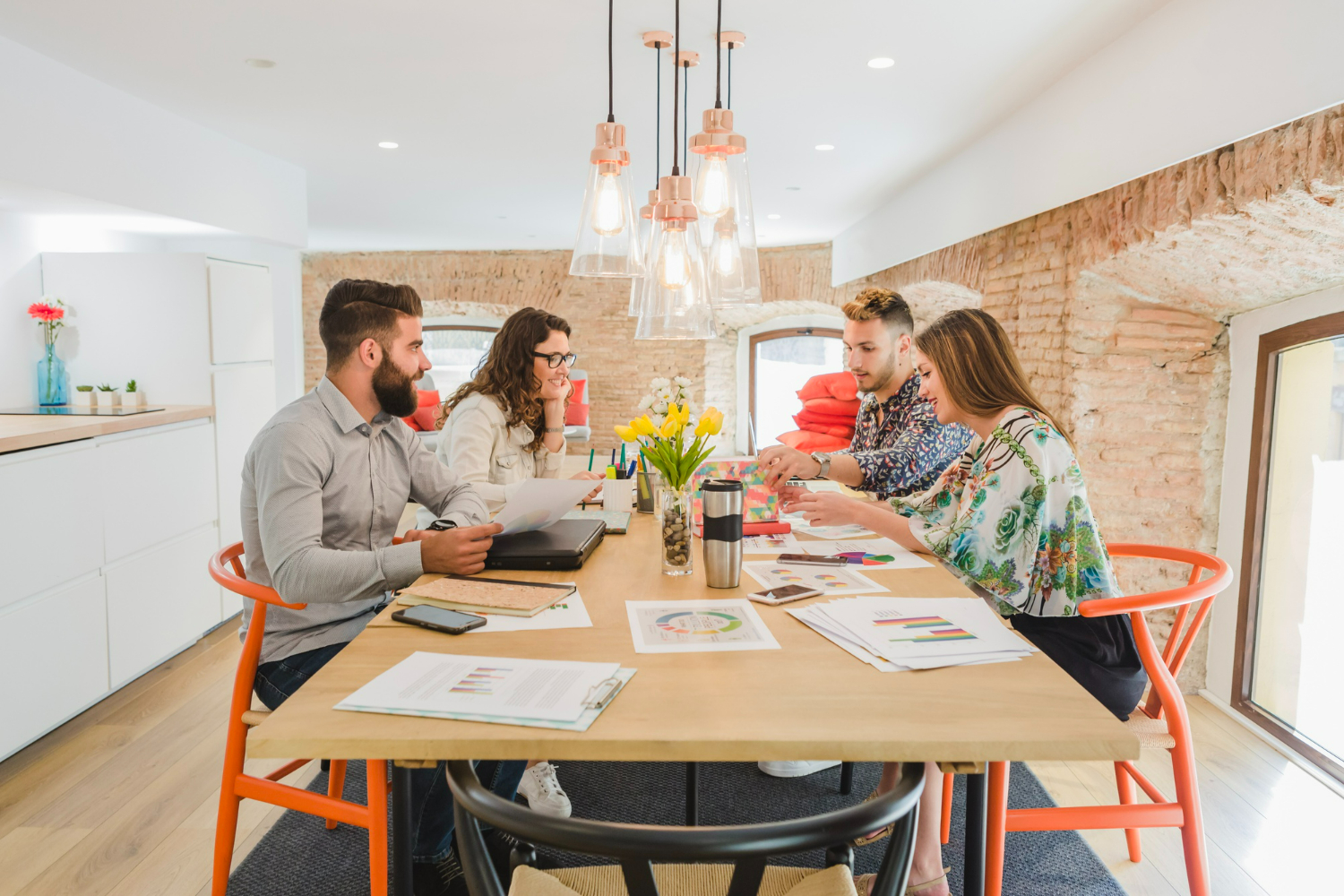Simple spaces can be transformed into remarkable ones with interior design. Interior designers have created beautiful places that elicit emotion and a sense of belonging through carefully developed color palettes, furniture choices and arrangement, lighting solutions, and decor. Thus, it is essential to designing practical and attractive spaces. By learning interior design basics, one can simply make adjustments to their rooms that yield amazing outcomes.
Color Schemes
The right color palette may change a space and generate strong emotions. Creatively blending colors, tones, and shades can enhance wall textures and furniture. Color palettes can create a visually appealing and emotionally exciting home or workstation when utilized with other interior design aspects like lighting, carpeting, artwork, and décor. With the correct color scheme, any space can be a haven for comfort and a creative hub for visitors.
When it comes to transforming your living space in Kottayam, you’ll find a range of options by searching for both “Interior Designers In Kottayam” and “Interior Designers Kottayam” to discover the ideal professionals for your project.
Choice of Furniture
The correct furniture may transform a room’s appearance and usefulness. When choosing furniture for a space, consider how blending materials and texture layering will alter the look and feel. One can be creative while choosing furniture, from painted or stained wood to industrial metal or glass. Also consider how furniture colors will interplay with wall color and artwork. One can build a comfortable, attractive setting by considering all of these criteria.
Placement of furniture
Furniture placement may balance a room and maximize its functionality. The optimum furniture arrangement depends on the room’s size and floor design. Larger pieces can enhance a space if it is large and well-lit, but not if it is too small or dark. Furniture placement should take into account how individuals interact when together.
Furniture should be angled to encourage discussion and eliminate static, unconnected spaces. Paying attention to room traffic patterns helps people to move freely without disruption.
When arranging furniture, users can create an engaging, useful, and balanced space by considering these factors.
Lighting Options
A well-designed lighting scheme can provide warmth and energy to any environment, improving the user experience. Creative lighting can highlight details and lend depth and texture to a room.
Accent lighting highlights artwork and architectural characteristics in a room. By using unique light sources, interior designers can create an enticing ambiance that stimulates exploration.
Lighting creates moods in environments; bright lights energize, while lower lights relax. Safety and functionality can be improved by carefully considering task lighting like desk lights or pendant fixtures over kitchen counters. Choosing the right lighting can make any room look amazing!
Room Accessorization
Selecting the correct accessories can give a room flair and charm. Curtains and blinds provide texture and color to a room. Similarly, wall art may provide depth and vibrancy. Accent pieces add contrast and enhance the design aesthetic, while strategically placed photos or paintings can inspire a sense of familiarity and connection.
Accessories should reflect the owner’s aesthetic and be functional. Accessorizing a room is an art form that can transform an ordinary place into a spectacular one with careful attention to scale, proportion, texture, color, and pattern coordination.
Interior design can transform any room. One can construct a room that meets their functional demands and expresses their aesthetic tastes by carefully choosing color palettes, furniture, lighting, and accessories. Interior design offers endless possibilities for each person or area.
This powerful transformation approach can turn any regular area into a timeless beauty.

